Ultimate Guide to Tongariro Alpine Crossing: Super Detailed Route & Tips
Park Introduction:
Tongariro National Park, a jewel of New Zealand, stands as the country’s first national park and the fourth in the world. This breathtaking landscape served as a key filming location for “The Lord of the Rings” trilogy, where it was transformed into the foreboding realm of Mordor, the domain of the Dark Lord Sauron.
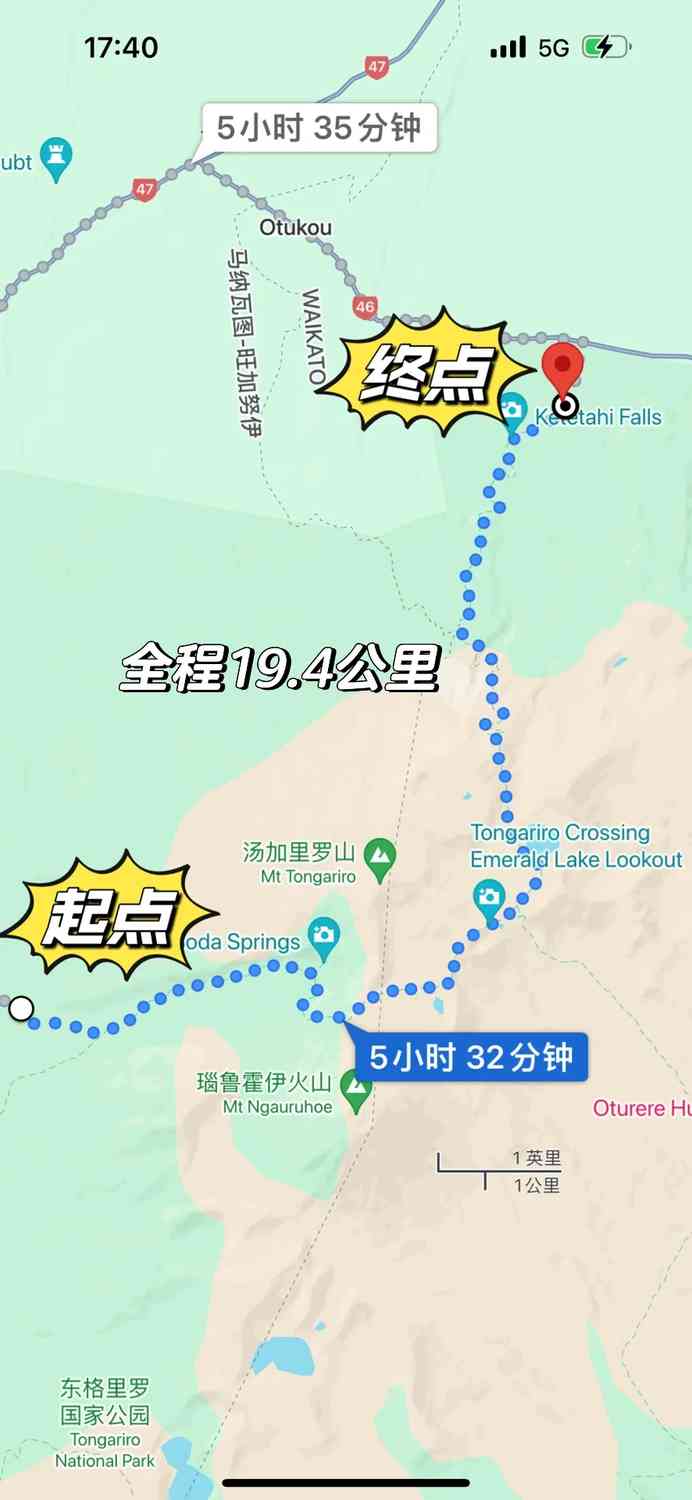
Recognized as a UNESCO World Heritage Site, the park is also a renowned hiking destination, boasting three active volcanoes: Mount Ngauruhoe, Mount Tongariro, and Mount Ruapehu.
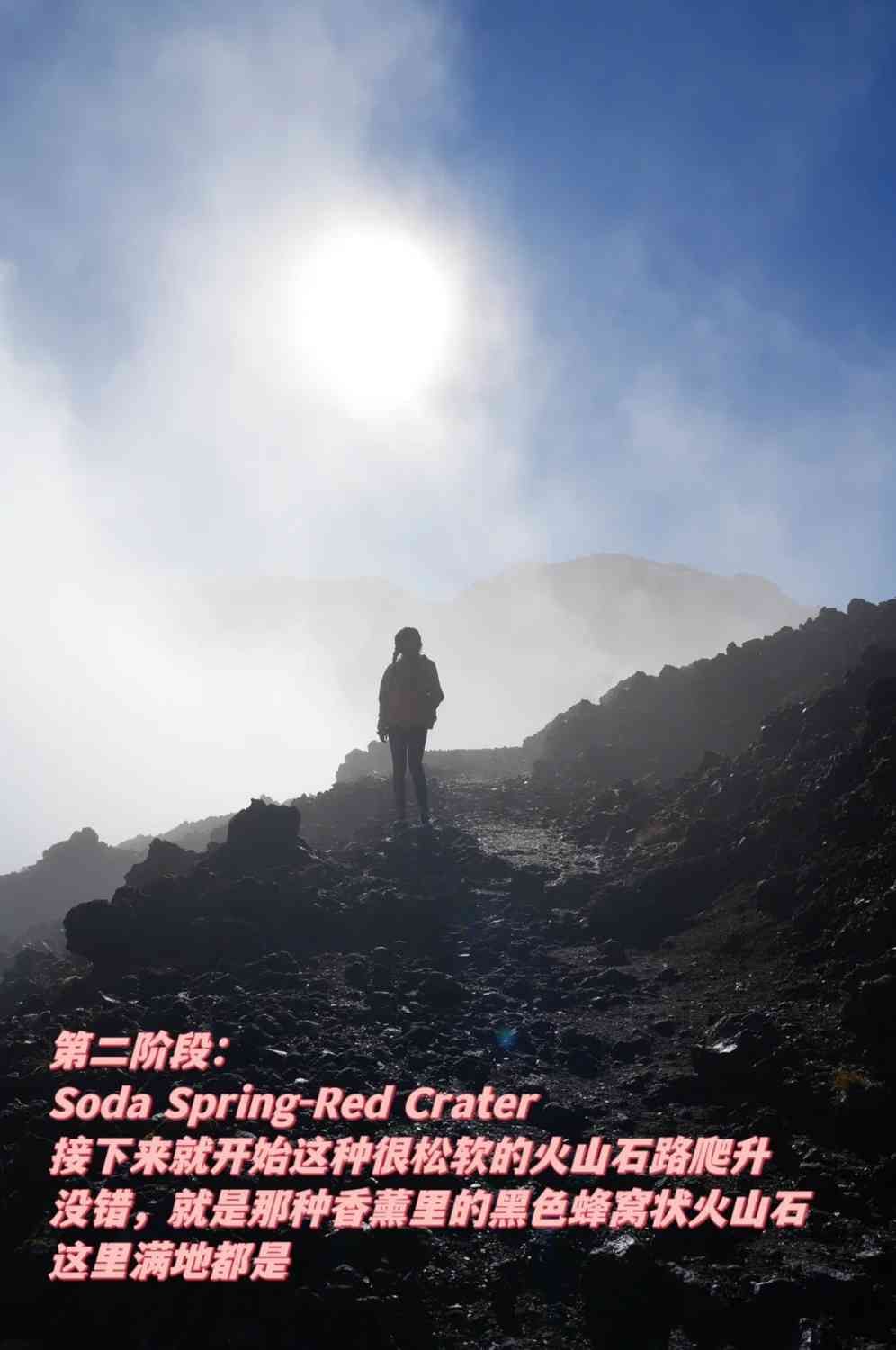
Route Introduction:
Embark on a one-day adventure that unveils stunning waterfalls, snow-capped mountains, volcanic landscapes, and serene lakes, all within a single, unforgettable journey.
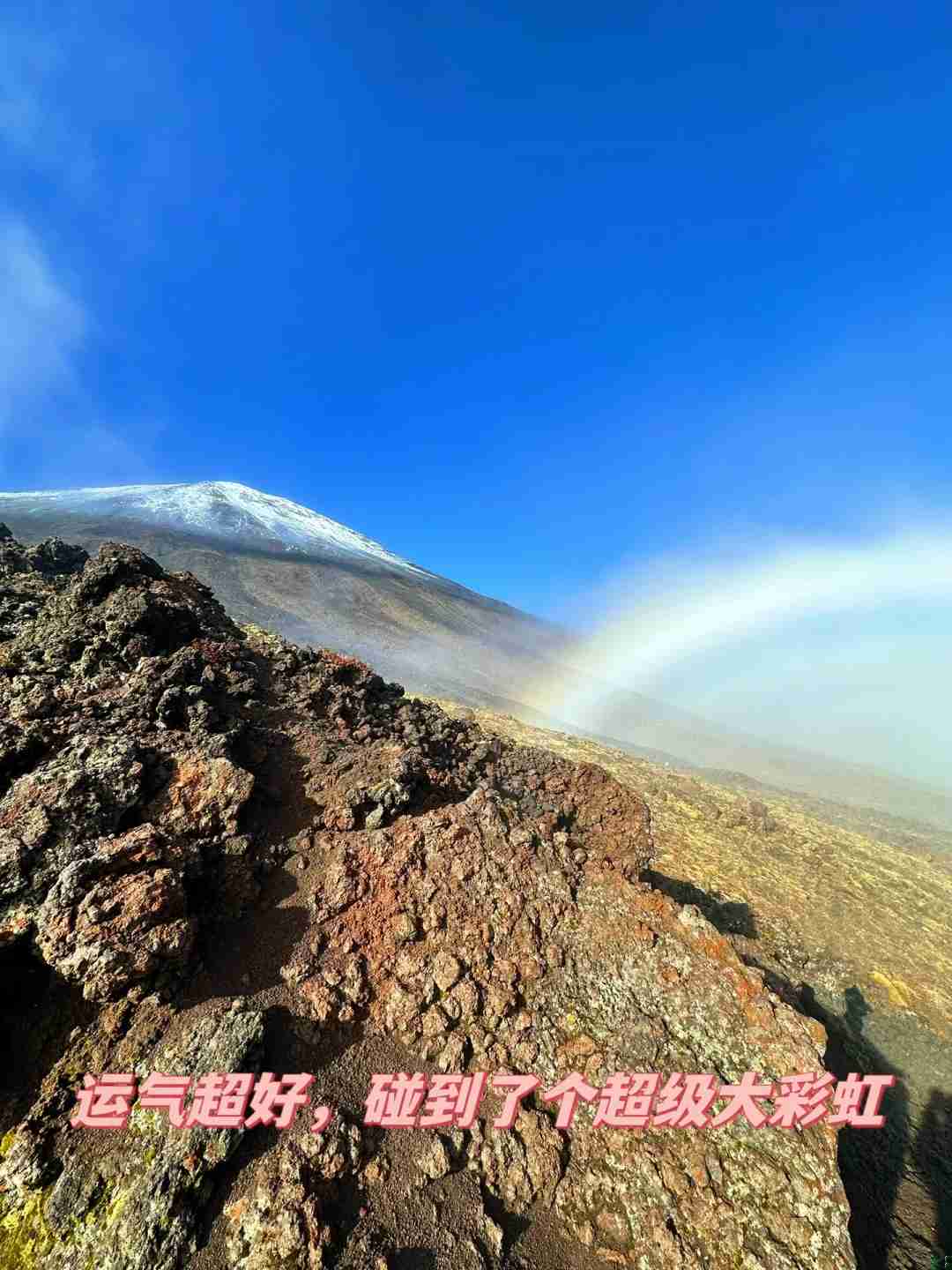
Itinerary Segments:
(These time estimates are based on my personal experience; your pace may vary)
First Segment: Start to Soda Springs (2 hours) – Traverse through tundra and wooden walkways, an easy and scenic start to your trek.
Second Segment: Soda Springs to Red Crater (2 hours) – Ascend a snowy mountain, with continuous climbs offering breathtaking views.
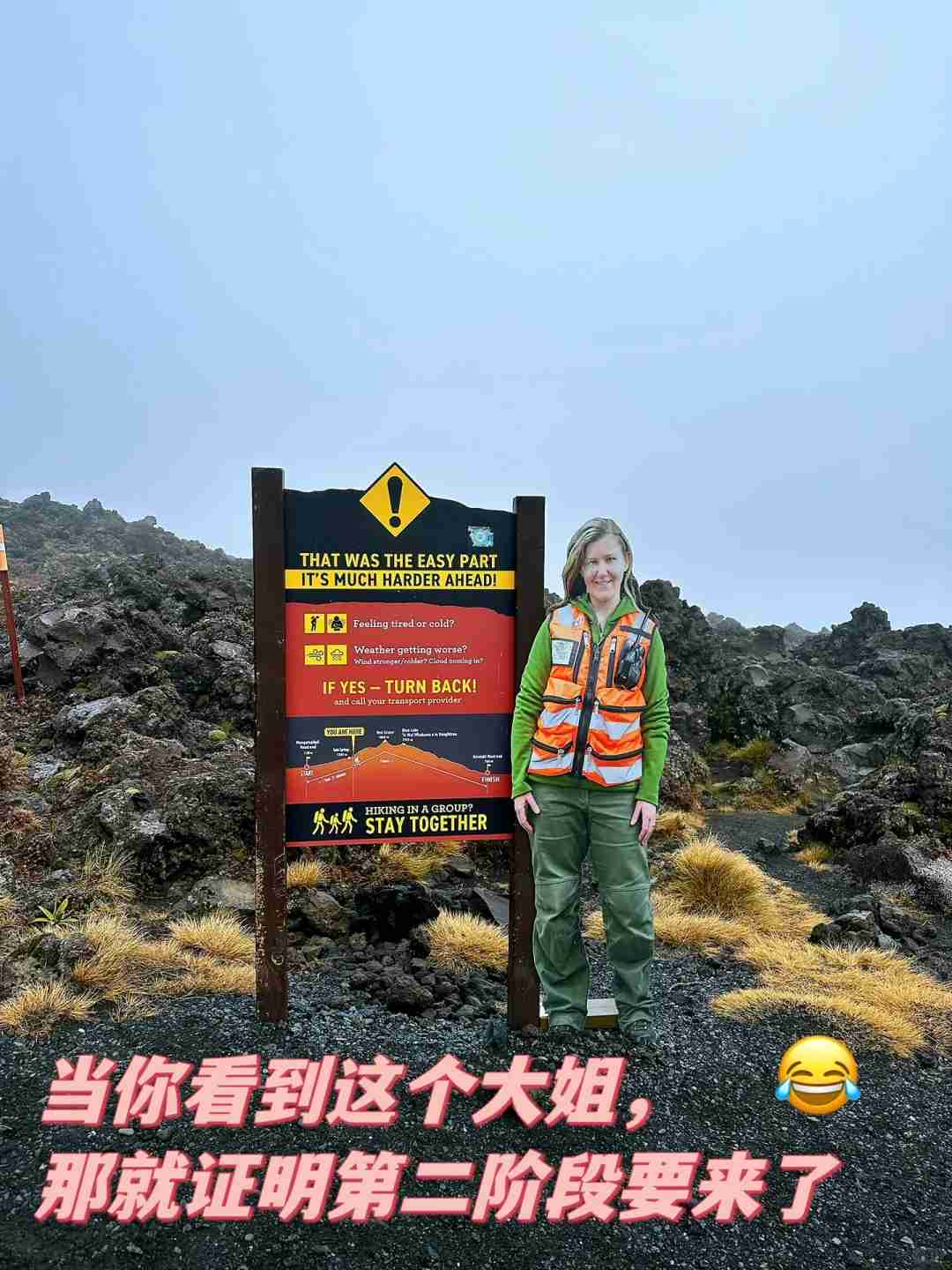
Be prepared for strong winds along this section.
Third Segment: Red Crater to Blue Lake (2 hours) – Continue your ascent up another snowy mountain, where the panoramic vistas will take your breath away. The wind remains a constant companion here.
Fourth Segment: Blue Lake to Ketetahi End (3 hours) – Descend endlessly, testing both your endurance and your knees.
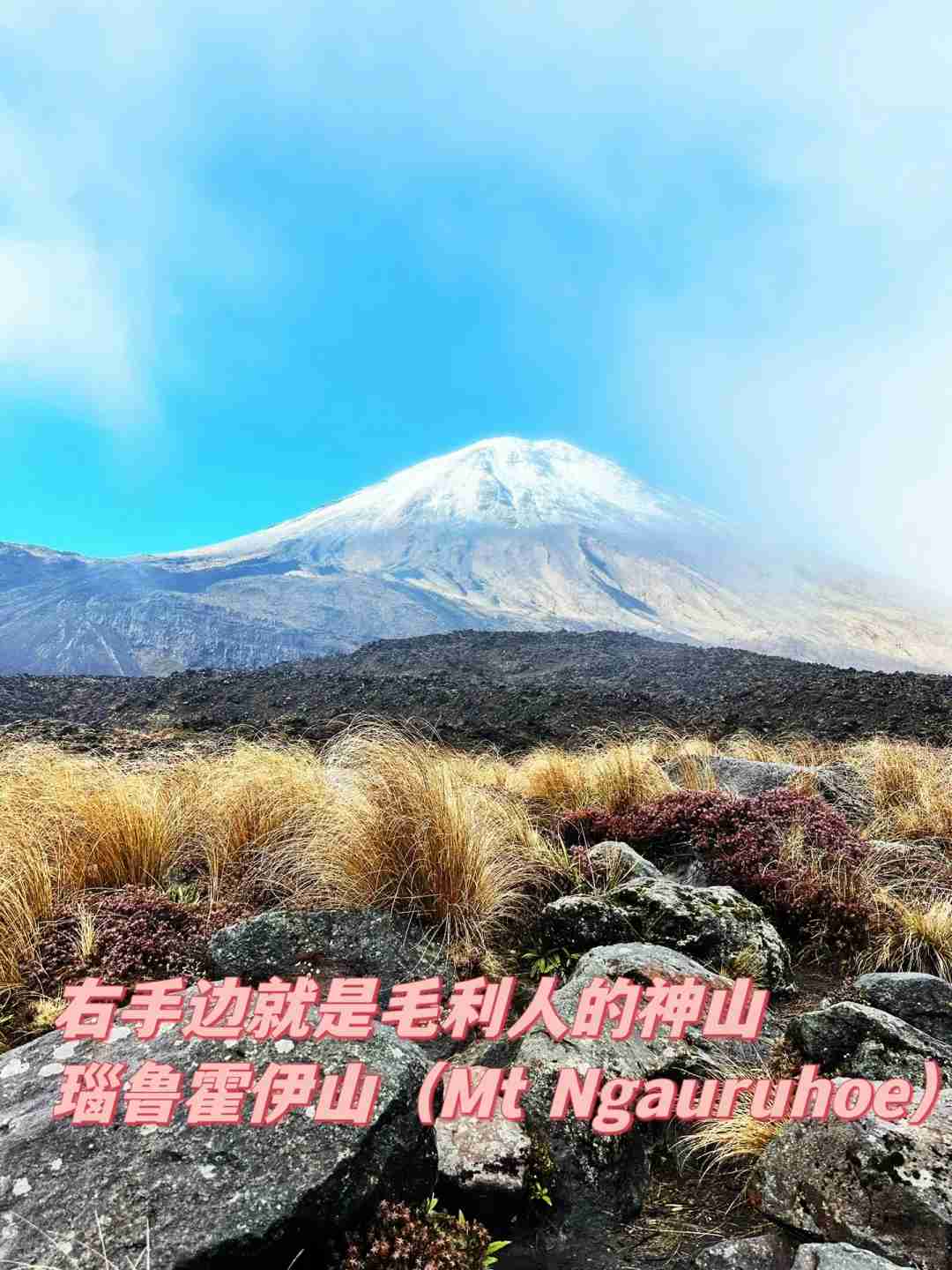
This final stretch is grueling but rewarding, pushing you to the limits of your willpower.
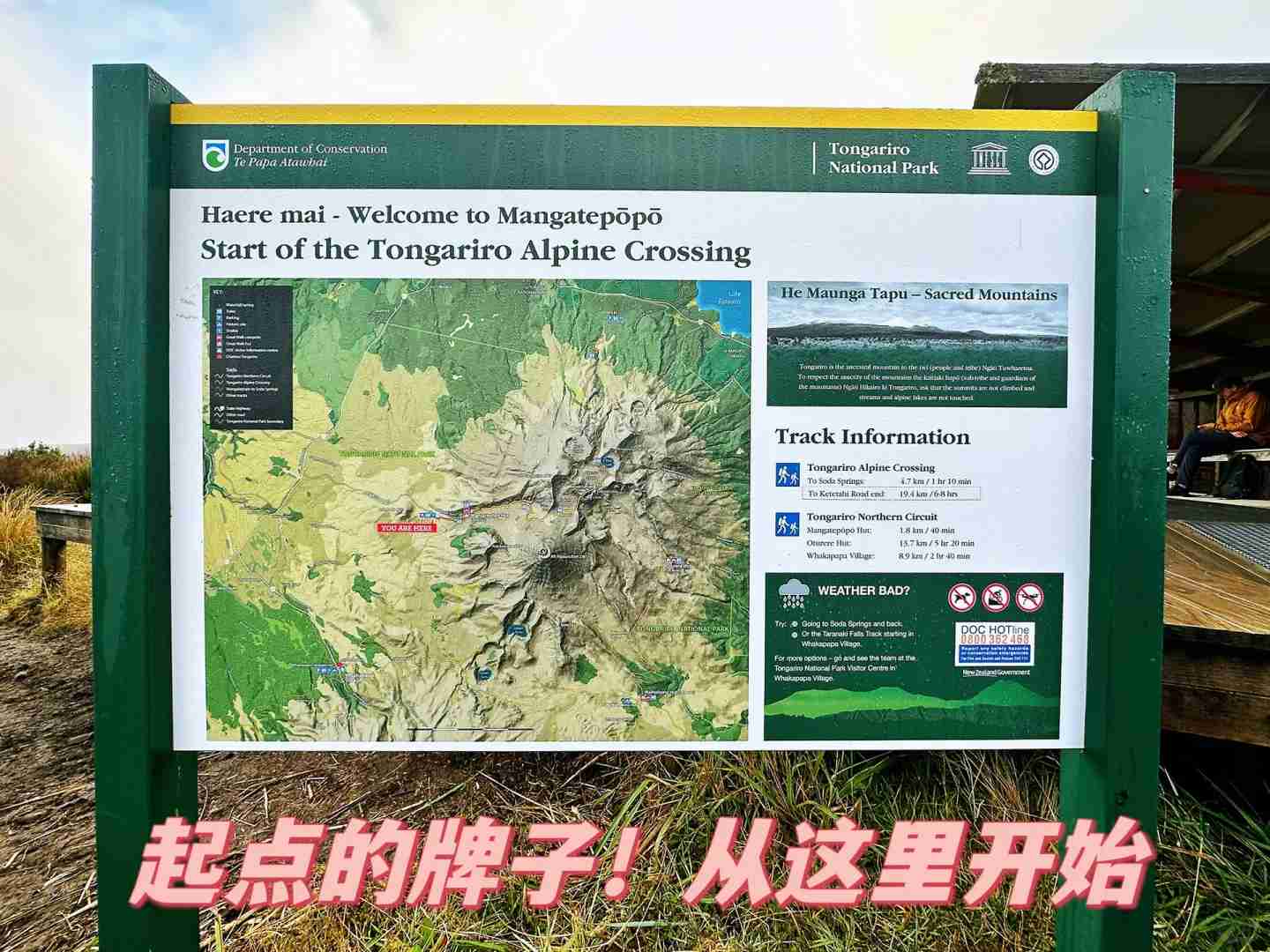
Gear Recommendations:
– Hardshell jacket (and extra warm clothing, as the weather can be unpredictable and change rapidly)
– Trekking poles (essential for stability and support)
– Warm gloves to keep your hands comfortable
– Food and water (carry 1.5L-2L of water and pack nutritious, high-energy snacks)
– Medication (the terrain can be harsh, and ankle injuries are common, so bring any necessary medical supplies)

Facilities Along the Way:
Restrooms are available every few kilometers, but there are no water sources, so make sure to carry enough water.

For detailed transportation information, please refer to the separate guide—Tongariro Alpine Crossing (TAC) Detailed Transportation Guide.
Feel free to ask any questions in the comments section.

